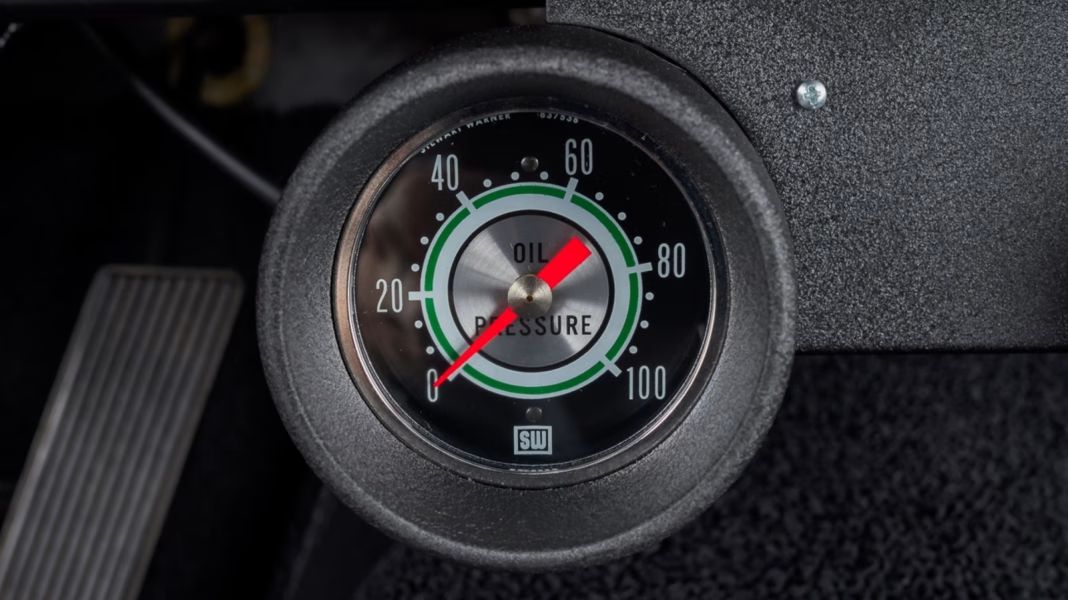What’s the Ideal Oil Pressure for Most Cars?
Ever glanced at your dashboard and wondered if your oil pressure is where it should be? You’re not alone. For most vehicles, the sweet spot for oil pressure typically falls between 25 and 65 PSI (pounds per square inch) when the engine is warmed up and running at normal speeds. At idle, it’s common to see numbers closer to 20 PSI, sometimes a bit lower depending on the make and model.
But here’s the catch: every car is a little different. Some newer engines are designed to run at lower pressures to improve efficiency, while older models might hover at the higher end. The best move? Check your owner’s manual for the manufacturer’s recommended range. That’s your gold standard.
Why Does Oil Pressure Matter So Much?
Think of oil pressure as your engine’s lifeblood delivery system. Too low, and critical parts aren’t getting the lubrication they need—leading to friction, overheating, and, in worst-case scenarios, catastrophic engine failure. Too high, and you risk blowing seals or gaskets, which can cause leaks and expensive repairs.
A 2023 survey by the Car Care Council found that nearly 20% of vehicles inspected had oil-related issues, with improper oil pressure being a leading culprit. That’s a hefty chunk of drivers rolling the dice every time they hit the road.
What Causes Oil Pressure to Drop or Spike?
If your oil pressure suddenly dips or soars, don’t panic—but don’t ignore it either. Low oil pressure is often tied to low oil levels, a clogged oil filter, or even a worn-out oil pump. Sometimes, the oil itself is to blame. Using the wrong viscosity (too thin or too thick for your engine) can throw the whole system out of whack.
On the flip side, high oil pressure might mean your oil is too thick (especially in cold weather), or there’s a blockage somewhere in the system. Occasionally, a faulty pressure sensor or gauge gives a false alarm, so it’s wise to double-check before assuming the worst.
How Can You Tell If Your Oil Pressure Is Off?
Modern cars make it easy—if your oil pressure warning light comes on, that’s your cue to pull over and investigate. But sometimes, the signs are subtler. Maybe you hear a ticking noise from the engine, notice the oil light flickering at idle, or spot oil leaks under your car. These are all red flags.
If you’re driving an older vehicle without a digital gauge, consider installing an aftermarket oil pressure gauge. It’s a small investment that can save you a world of trouble down the line.
What Steps Should You Take If Oil Pressure Isn’t Right?
First things first: check your oil level. If it’s low, top it up with the recommended oil type. Still seeing issues? Swap out the oil filter and consider changing the oil if it’s overdue. If problems persist, it’s time to consult a trusted mechanic. Ignoring oil pressure warnings is a gamble that rarely pays off.
A real-world example: A friend of mine ignored a flickering oil light for a week, thinking it was just a faulty sensor. Turns out, the oil pump was failing. The repair bill? Over $1,200. A quick check could’ve saved a lot of headaches (and cash).
Are There Ways to Prevent Oil Pressure Problems?
Absolutely. Regular oil changes are your first line of defense. Stick to the intervals recommended by your vehicle’s manufacturer, and always use the right oil grade. Don’t skimp on quality filters, either—they’re just as important as the oil itself.
If you live in a region with extreme temperatures, consider using oil formulated for your climate. Cold starts can thicken oil, while high heat can thin it out, both of which impact pressure. And if you notice any leaks or odd noises, address them sooner rather than later.
The Big Takeaway
Keeping your oil pressure in check isn’t about chasing perfection—it’s about making smarter, more informed choices for your car. Start with one change this week, whether it’s checking your oil level or scheduling that overdue oil change. Odds are, you’ll notice a smoother, quieter ride by the end of the month.


